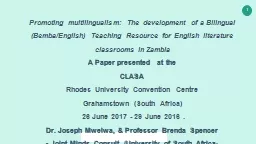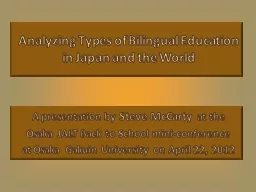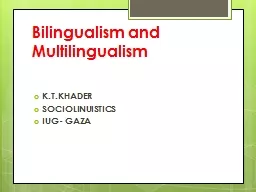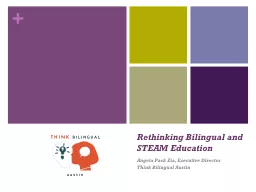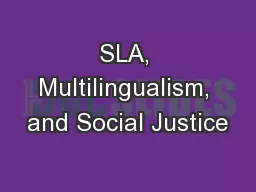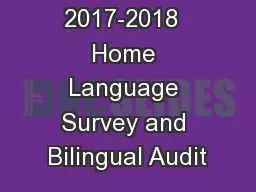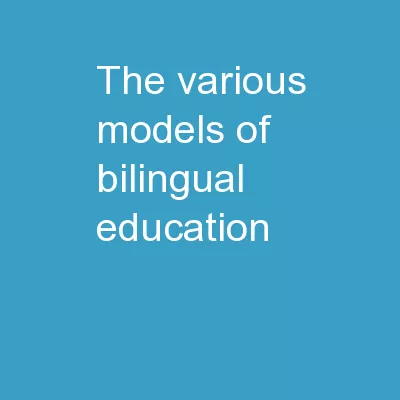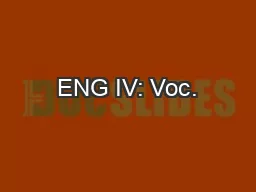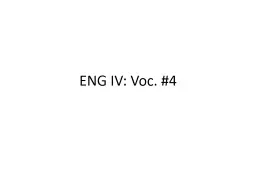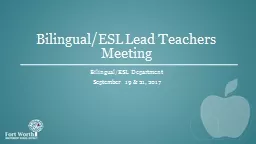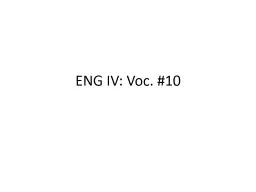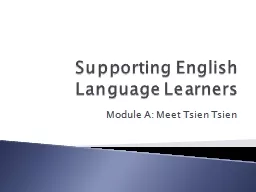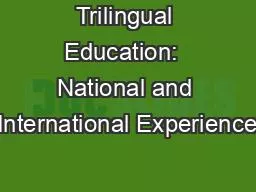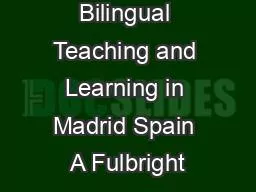PPT-Promoting multilingualism: The development of a Bilingual (Bemba/English) Teaching Resource
Author : shoulderheinz | Published Date : 2020-06-25
A Paper presented at the CLASA Rhodes University Convention Centre Grahamstown South Africa 26 June 2017 29 June 2016 Dr Joseph Mwelwa amp Professor Brenda
Presentation Embed Code
Download Presentation
Download Presentation The PPT/PDF document "Promoting multilingualism: The developme..." is the property of its rightful owner. Permission is granted to download and print the materials on this website for personal, non-commercial use only, and to display it on your personal computer provided you do not modify the materials and that you retain all copyright notices contained in the materials. By downloading content from our website, you accept the terms of this agreement.
Promoting multilingualism: The development of a Bilingual (Bemba/English) Teaching Resource: Transcript
Download Rules Of Document
"Promoting multilingualism: The development of a Bilingual (Bemba/English) Teaching Resource"The content belongs to its owner. You may download and print it for personal use, without modification, and keep all copyright notices. By downloading, you agree to these terms.
Related Documents

